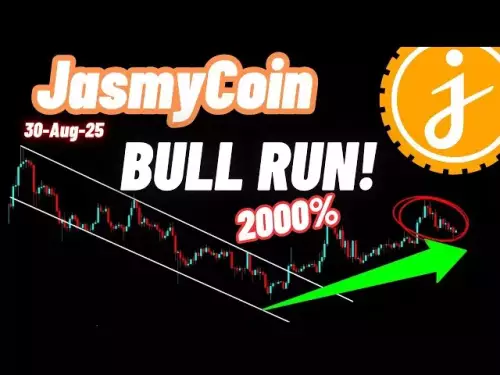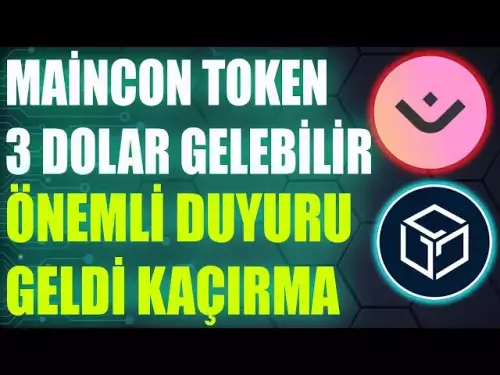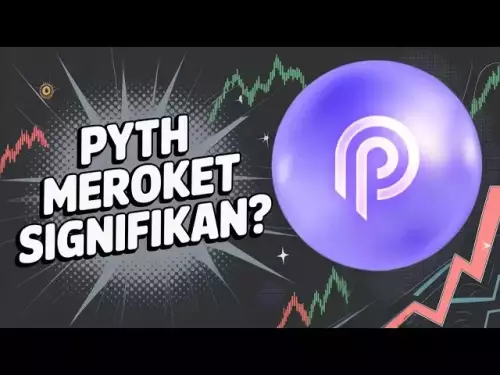-
 Bitcoin
Bitcoin $108800
0.43% -
 Ethereum
Ethereum $4353
0.12% -
 Tether USDt
Tether USDt $1.000
-0.01% -
 XRP
XRP $2.809
-0.56% -
 BNB
BNB $858.7
-0.02% -
 Solana
Solana $201.2
-1.21% -
 USDC
USDC $0.9999
0.00% -
 Dogecoin
Dogecoin $0.2153
1.48% -
 TRON
TRON $0.3385
0.33% -
 Cardano
Cardano $0.8194
-0.22% -
 Chainlink
Chainlink $23.37
0.07% -
 Hyperliquid
Hyperliquid $44.01
0.08% -
 Ethena USDe
Ethena USDe $1.001
0.01% -
 Sui
Sui $3.289
0.87% -
 Stellar
Stellar $0.3592
-0.16% -
 Bitcoin Cash
Bitcoin Cash $542.1
1.62% -
 Cronos
Cronos $0.3106
11.50% -
 Avalanche
Avalanche $23.74
1.06% -
 Hedera
Hedera $0.2256
-0.15% -
 UNUS SED LEO
UNUS SED LEO $9.496
0.22% -
 Litecoin
Litecoin $110.2
0.47% -
 Toncoin
Toncoin $3.125
2.15% -
 Shiba Inu
Shiba Inu $0.00001234
1.67% -
 Polkadot
Polkadot $3.791
0.69% -
 Uniswap
Uniswap $9.688
1.54% -
 Dai
Dai $0.0000
-0.01% -
 Bitget Token
Bitget Token $4.531
0.00% -
 Aave
Aave $316.4
1.13% -
 Monero
Monero $257.2
-0.14% -
 Ethena
Ethena $0.6525
2.68%
What is a play-to-earn (P2E) crypto game?
Play-to-earn crypto games let players earn real value through blockchain-based rewards, NFT ownership, and decentralized economies.
Aug 30, 2025 at 07:09 am
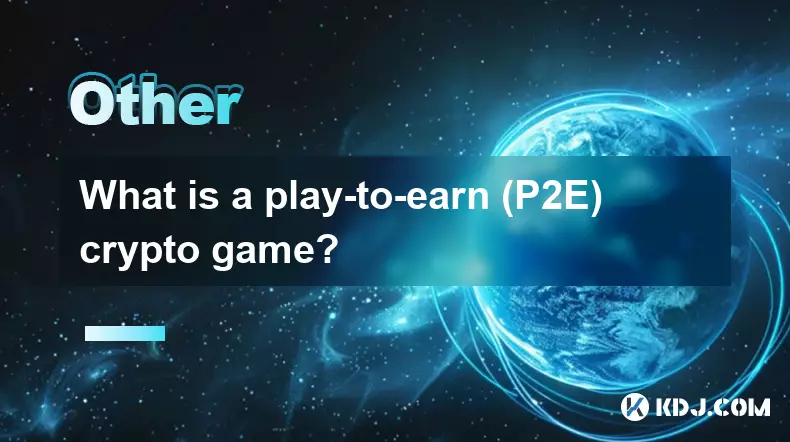
Understanding Play-to-Earn Crypto Games
1. A play-to-earn (P2E) crypto game is a type of blockchain-based video game where players can earn cryptocurrency or non-fungible tokens (NFTs) by participating in the game’s ecosystem. These rewards are typically tied to in-game achievements, such as completing quests, winning battles, or trading virtual assets. Unlike traditional games where progress is confined to the game environment, P2E models allow players to convert their time and effort into tangible digital assets.
2. The core mechanism behind P2E games is the integration of blockchain technology, which ensures transparency, ownership, and scarcity of in-game items. Players truly own their digital assets because they are stored on a decentralized ledger. This ownership allows them to sell, trade, or transfer their items across platforms or marketplaces without needing permission from a central authority.
3. Most P2E games operate on a dual-token system. One token usually serves as a governance or utility token, used for voting on game updates or purchasing rare items. The second token is often an in-game reward token that players earn through gameplay and can later exchange for other cryptocurrencies or fiat money on decentralized exchanges.
4. NFTs play a crucial role in P2E ecosystems. Characters, weapons, land plots, and other collectibles are often minted as NFTs, meaning each item is unique and verifiably scarce. This creates a player-driven economy where supply and demand dictate the value of virtual goods, much like real-world markets.
5. Popular examples include Axie Infinity, The Sandbox, and Decentraland. These games have built expansive virtual worlds where users can not only play but also build, socialize, and monetize their creations. The success of these platforms has attracted significant investment and user adoption, particularly in regions where alternative income sources are highly valued.
How Blockchain Enables True Ownership
1. In traditional gaming, assets are controlled by developers. If a server shuts down, all progress and items are lost. With blockchain, every asset is recorded on an immutable ledger, ensuring permanent ownership regardless of the game’s operational status.
2. Smart contracts automate the distribution of rewards, eliminating the need for intermediaries. When a player completes a challenge, the contract executes automatically, sending the earned tokens directly to their wallet.
3. Interoperability is another advantage. Some P2E games are designed to work across multiple platforms, allowing players to use their NFTs in different games or virtual environments. This cross-functionality increases the utility and value of digital possessions.
4. Players can verify the authenticity and rarity of their items through public block explorers. This transparency prevents fraud and builds trust within the community, which is essential for sustaining long-term engagement.
5. Because blockchain records are decentralized, no single entity can alter ownership records or inflate the supply of tokens arbitrarily. This resistance to manipulation protects both players and investors from arbitrary changes by game developers.
Economic Models in P2E Ecosystems
1. Many P2E games adopt a tokenomics structure that balances inflation and deflation. For example, earning tokens through gameplay introduces new supply, while mechanisms like staking, burning, or upgrading gear remove tokens from circulation.
2. Entry barriers can be high due to initial costs. Some games require players to purchase NFTs before they can start earning, which has led to scholarship systems where experienced players lend assets to newcomers in exchange for a share of earnings.
3. Revenue streams extend beyond individual players. Developers earn from transaction fees, marketplace sales, and premium content. Landowners in virtual worlds generate income by leasing property or hosting events.
4. The sustainability of P2E economies depends on continuous player acquisition and real-world demand for tokens. If too many players exit or sell their earnings, token prices can collapse, undermining the incentive structure.
5. Game designers must carefully calibrate reward rates and implement sinks to maintain economic stability. Poorly managed token distribution has led to the downfall of several early P2E projects, highlighting the importance of sound financial design.
Common Questions About P2E Crypto Games
What distinguishes a P2E game from a traditional online game?A P2E game allows players to earn cryptocurrency or NFTs that have real-world value and can be traded outside the game. Traditional games do not offer verifiable ownership or monetization of in-game progress.
Can players make a living playing P2E games?Yes, in certain regions with lower income levels, players have reported earning a livable wage through games like Axie Infinity. However, earnings depend on market conditions, initial investment, and time commitment.
Are P2E games safe from hacking and fraud?While blockchain enhances security, risks remain. Smart contract vulnerabilities, phishing attacks, and fake marketplaces can compromise accounts. Players should use secure wallets and verify all transactions.
Do all P2E games require an upfront investment?Not all, but many do. Some games offer free entry with limited earning potential, while others require purchasing NFTs to access full gameplay features. The trend is shifting toward more accessible onboarding models.
Disclaimer:info@kdj.com
The information provided is not trading advice. kdj.com does not assume any responsibility for any investments made based on the information provided in this article. Cryptocurrencies are highly volatile and it is highly recommended that you invest with caution after thorough research!
If you believe that the content used on this website infringes your copyright, please contact us immediately (info@kdj.com) and we will delete it promptly.
- Layer Brett vs. Dogecoin Pepe: The Meme Coin Evolution
- 2025-08-31 02:45:15
- Dogecoin, Staking Rewards, and Layer Brett: The Meme Coin Evolution
- 2025-08-31 02:45:15
- Pudgy Party: How Pudgy Penguins are Revolutionizing Web3 Gaming with Skins and PENGU Tokens
- 2025-08-31 03:05:12
- BlockDAG's Hybrid Tech & Presale Challenge: A 2025 Crypto Game-Changer
- 2025-08-31 03:10:12
- Elon Musk, Dogecoin, and the Treasury: A New Chapter for Meme Coins?
- 2025-08-31 01:05:16
- MemeCore's Wild Ride: Rallying to ATH and Beyond!
- 2025-08-31 01:10:13
Related knowledge
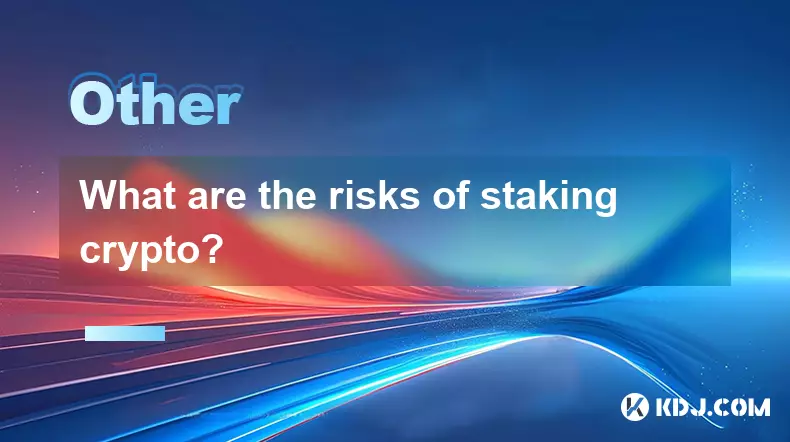
What are the risks of staking crypto?
Aug 30,2025 at 10:01pm
Risks Associated with Cryptocurrency Staking1. Market volatility can severely impact staked assets. The value of cryptocurrencies is highly unpredicta...
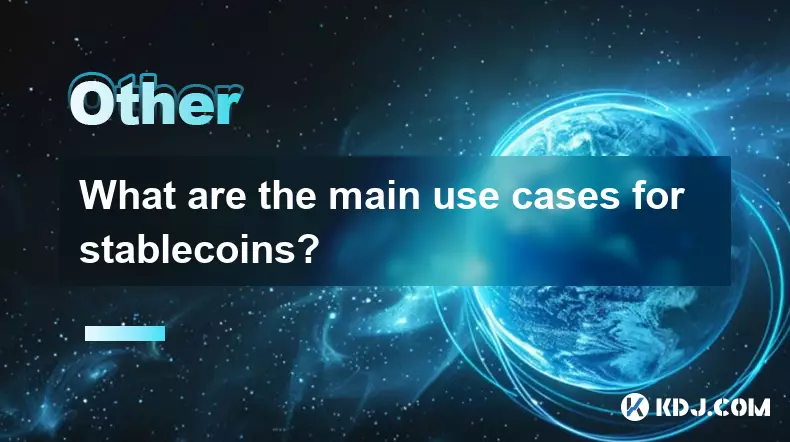
What are the main use cases for stablecoins?
Aug 30,2025 at 03:41am
Main Use Cases for Stablecoins 1. Stablecoins serve as a reliable medium of exchange in volatile cryptocurrency markets. Traders often convert their h...
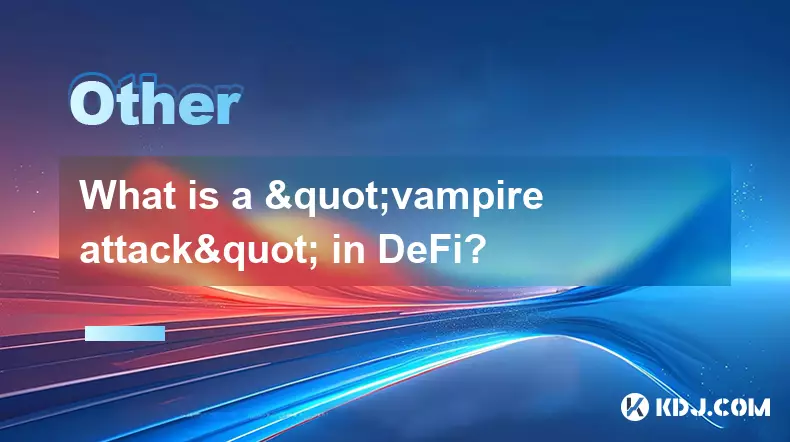
What is a "vampire attack" in DeFi?
Aug 29,2025 at 09:36pm
Understanding the Concept of Vampire Attacks in DeFi1. A vampire attack in the decentralized finance (DeFi) space refers to a strategic effort by one ...
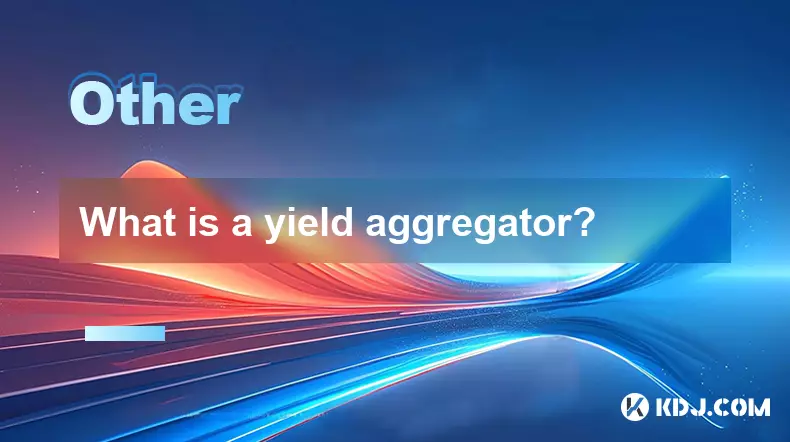
What is a yield aggregator?
Aug 30,2025 at 12:36pm
Understanding Yield Aggregators in the Crypto Space1. A yield aggregator is a decentralized finance (DeFi) platform designed to automate and optimize ...
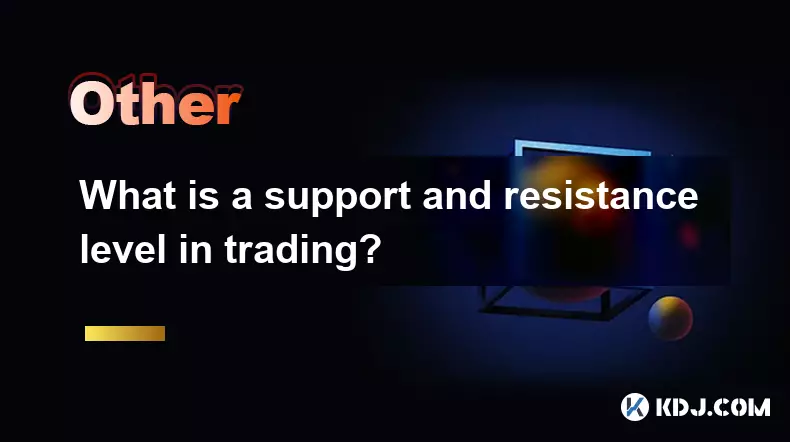
What is a support and resistance level in trading?
Aug 29,2025 at 07:00pm
Understanding Support and Resistance in Market Dynamics1. Support and resistance levels are foundational concepts in technical analysis, widely used b...
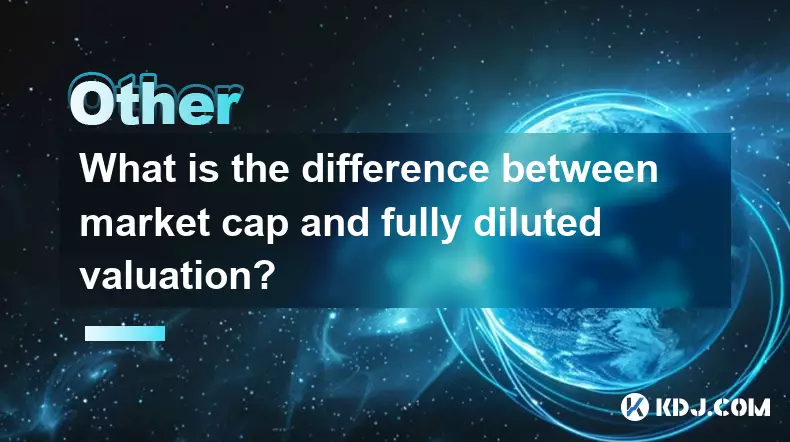
What is the difference between market cap and fully diluted valuation?
Aug 30,2025 at 09:37pm
Understanding Market Capitalization in the Cryptocurrency Space1. Market capitalization, often referred to as market cap, is a measure used to rank th...

What are the risks of staking crypto?
Aug 30,2025 at 10:01pm
Risks Associated with Cryptocurrency Staking1. Market volatility can severely impact staked assets. The value of cryptocurrencies is highly unpredicta...

What are the main use cases for stablecoins?
Aug 30,2025 at 03:41am
Main Use Cases for Stablecoins 1. Stablecoins serve as a reliable medium of exchange in volatile cryptocurrency markets. Traders often convert their h...

What is a "vampire attack" in DeFi?
Aug 29,2025 at 09:36pm
Understanding the Concept of Vampire Attacks in DeFi1. A vampire attack in the decentralized finance (DeFi) space refers to a strategic effort by one ...

What is a yield aggregator?
Aug 30,2025 at 12:36pm
Understanding Yield Aggregators in the Crypto Space1. A yield aggregator is a decentralized finance (DeFi) platform designed to automate and optimize ...

What is a support and resistance level in trading?
Aug 29,2025 at 07:00pm
Understanding Support and Resistance in Market Dynamics1. Support and resistance levels are foundational concepts in technical analysis, widely used b...

What is the difference between market cap and fully diluted valuation?
Aug 30,2025 at 09:37pm
Understanding Market Capitalization in the Cryptocurrency Space1. Market capitalization, often referred to as market cap, is a measure used to rank th...
See all articles























